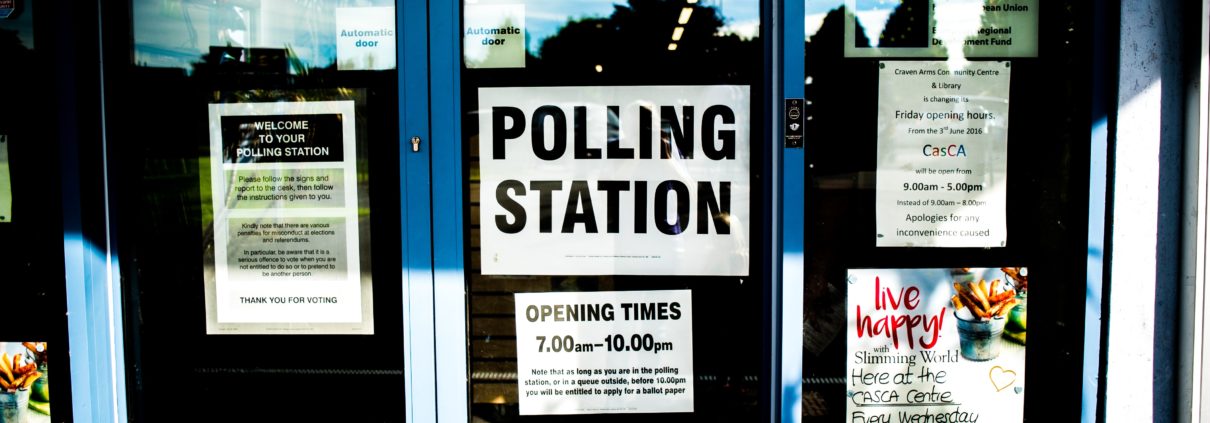B²: First 100 Days
Christmas Vacation, why ya gotta end?
But alas, it has. If you didn’t return to work last week, you did this week. Let’s ease back into the crazy with the good news first – 2016 is finished. We did it!
Now for the real news…all that happened in 2016 is ready to play out in 2017, and the world is watching. Cue the fast-approaching first 100 days of the Trump Administration.
(Taking guesses for the number of times the phrase “first 100 days” is mentioned between now and April 29. We’ll start: 235 million.)
All that to say, you better prepare to field questions and talk about what has been promised, what you hope to see, and calm down the Chicken Littles in the process.
Good thing it’s Tuesday, B² day.
Here’s this week’s likely media question and the B² (block and bridge) that sets the narrative straight:
Q: “What do you think the first 100 days will look like?”
B²: “Donald Trump made a lot of promises, and it’s important to hold him accountable. But we also have to wait and see what moves the new administration makes. What I hope to see <insert talking point>.”
Wherever you take the conversation next – Obamacare, Dodd-Frank, EPA regulations, the UN and Israel, TPP, immigration, etc. – manage expectations. Remind people that we have to let the first 100 days play out, but also we have to hold the president-elect and his administration accountable as they make moves. It’s a careful balance achieved via reasonable conversation on both sides of the aisle.
After all, there will be lots more “100-days” in the next four years.


